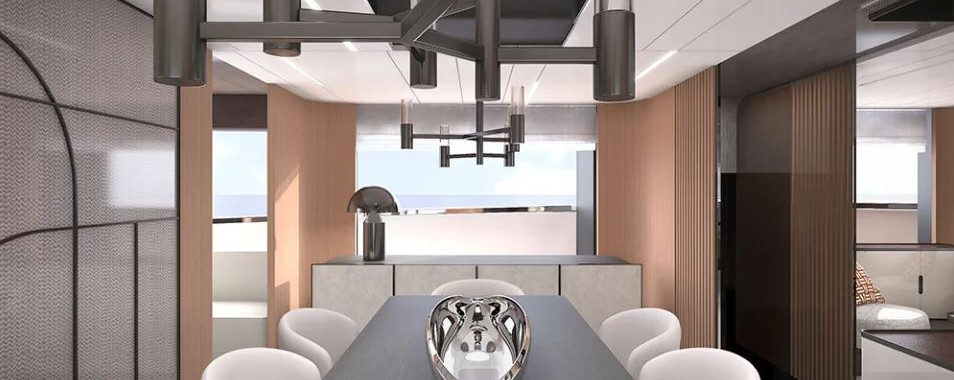64-Foot 'AQUON One' Catamaran Becomes First Yacht with Unlimited Range Capability
- Scott Way

- Apr 6, 2023
- 3 min read

The first large-scale hydrogen-powered catamaran has been commissioned.
The Swiss Sustainable Yachts AG has just sold the first unit of their AQUON One model - a 64-foot catamaran that utilizes a unique combination of solar, electric, and hydrogen power. The design was unveiled in late 2021, but has just announced its first sale.
The announcement comes shortly after Lürssen launched the world's first hydrogen-powered superyacht in March.
The luxury catamaran is designed to have unlimited range thanks to its ability to generate power from three inter-connected sources.
The AQUON One carries 64 square metres (688 sq ft) of solar panels on its roof, which in turn feed electricity into the Lithium-ion batteries inside its hull structure.
From there, there are both short term and long term uses for the stored power. For short term applications, the electricity goes directly to the onboard Lithium-ion batteries. Components like the electric motors in the pontoons, the grill in the galley, or the A/C unit, can immediately access this power. For long term applications, excess solar energy is used to convert desalinated sea water into green hydrogen (H2) gas. The gas is compressed and stored in carbon tanks so it can be utilized when the boat isn't generating power from the sun. When more energy is needed, the fuel cells convert the stored hydrogen back into electricity -- creating an endless loop that ensures the boat always has power. The company claims the hydrogen system can store 100 times more energy than a modern battery system.
There is a growing trend amongst yacht builders to focus on hydrogen due to its storage capability and zero emission production. With respect to the AQUON One, excess hydrogen can be stored for months at a time -- far more than the storage capability Lithium-ion batteries -- meaning the boat always has access to power even after long stretches of inactivity like during off-season storage.
According to designer Christian Grande, “AQUON One is made for living. It is a loft at sea without compromise. We have imagined a place to enjoy the moment, to spend quiet time away from the rush and with loved ones. The design itself was inspired by silence and the elegance of a manta ray, creating a feeling of harmony and ease.”
Described as a "pocket superyacht" the AQUON One boasts more than 1,000 square feet of living space over a 9.5 m (31 ft) beam. Sustainable materials are used throughout, including bamboo and recycled leather, and its 'smart' electronics system allows the operation of things like LED lights via a mobile app. Other amenities include a smart fridge, double sink, dishwasher, washing machine, and dryer. The expansive layout also accommodates up to 8 guests in a 4-stateroom arrangement, but it can also be configured in a two or three cabin layout. Other marine manufacturers like Yamaha and Toyota are leaning heavily into hydrogen propulsion, but have not yet released a product with the circular capability of the AQUON One. Alternating between solar, electric, and hydrogen power has not yet been replicated (or at least unveiled) by any major marine company. There are currently hydrogen-powered superyachts in development from companies like Sunseeker and Feadship, but each focuses on a singular power source.
In terms of propulsion, the AQUON One uses twin electric motors, one in each pontoon, which provide power to the propeller as well as the yacht's operating systems. The company lists a top speed of 16 knots (18 mph) and a cruising speed of 8 knots (9 mph), but with sufficient sunlight the boat can operate indefinitely at 4-6 knots (4.5-7 mph) and can run for up to three days using its storage capacity of hydrogen and Lithium-ion batteries.
You can get a complete breakdown of the power system and how it's designed in the video below:
































Comments